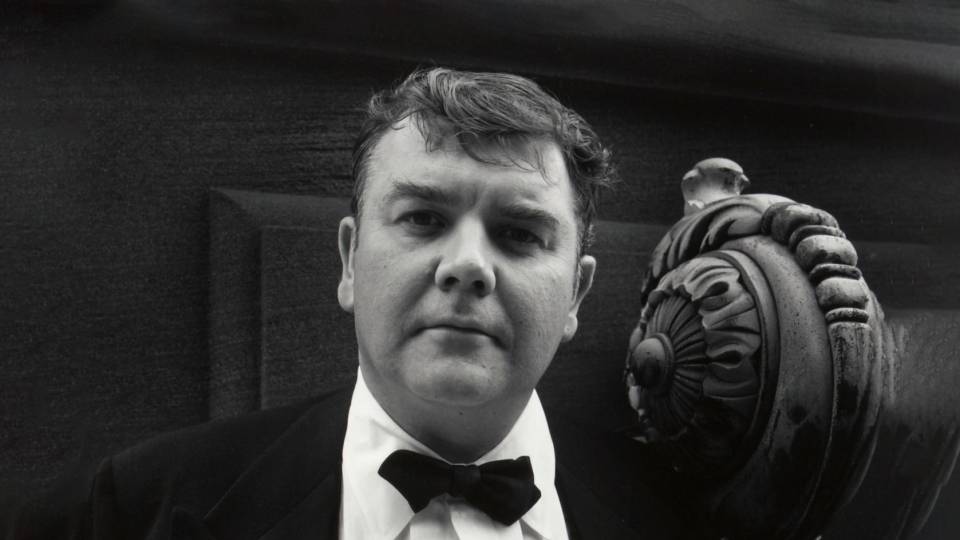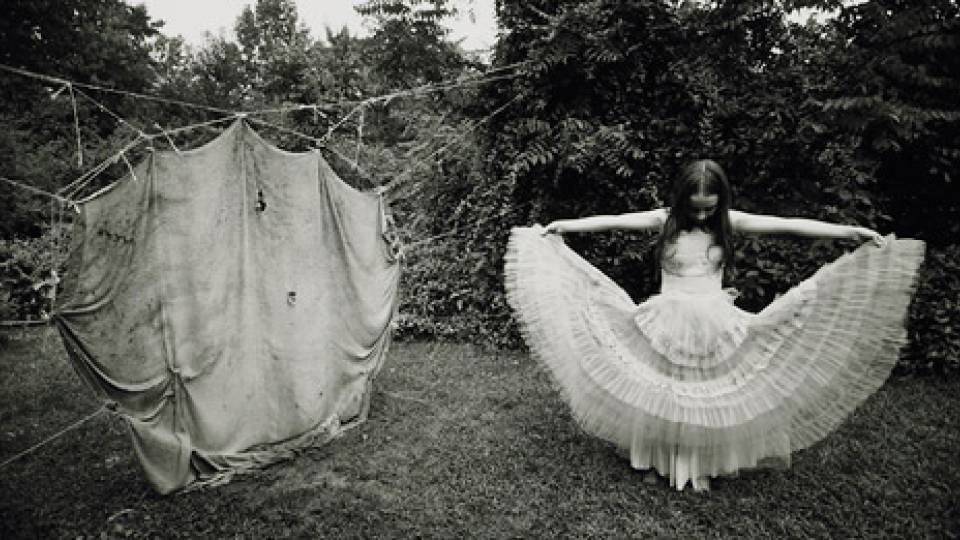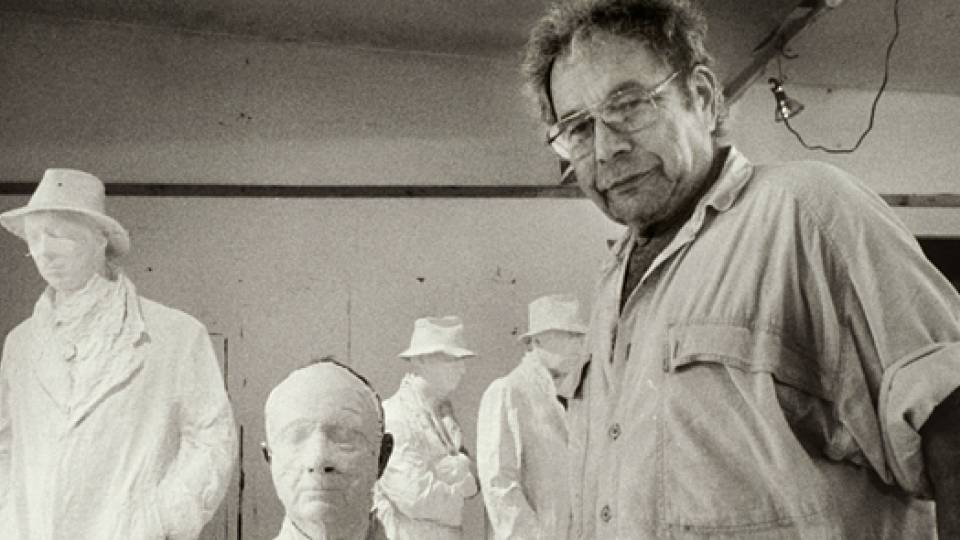The Princeton University Art Museum is undergoing a multi-year initiative to digitize its collections and archives for students, scholars, researchers and others. Over 97,000 artworks have been digitized, including more than 6,000 images and related photographic material by the American modernist Minor White.
"The museum has made the digitization of its present and future collections one of its highest priorities, so that digital access to every work in the collections — and, increasingly, all the rich content associated with those works — can be made available to users on our campus and around the world," said James Steward, the Nancy A. Nasher–David J. Haemisegger, Class of 1976, Director, Princeton University Art Museum.
Steward called this effort "a massive undertaking, not least in the human labor required to do so with collections of the scale of those at Princeton." He said "no effort is more important at the moment in terms of opening up knowledge of the sheer range and depth of works of art in the museum's care."
Digital images of all works in the collections will be available via the museum's website in 2017, according to Steward. Digitization of associated bibliographies, interpretive writing and more is ongoing and will continue over the coming years, he said. Many of these works may be accessed through the Online Collections Catalogue.
An 'extraordinary resource': The Minor White photographic archive
A significant facet of the museum's digitization efforts is the two-year digitization and cataloging project providing online access for the first time to the most significant photographic content of the Minor White Archive. The project was funded in part by the Institute of Museum and Library Services and includes over 6,000 finished prints, artist's proof cards and bibliographic history. It represents the foundation for a centralized authoritative resource for White research and scholarship and is available on the museum's website.
"Thanks to funding from the Institute of Museum and Library Services, the Princeton University Art Museum has at last been able to make this extraordinary resource publically available, and to advance the study and discovery of Minor White's remarkable artistic achievement and legacy," said Steward.

The Princeton University Art Museum is undergoing a multi-year initiative to digitize its collections and archives for students, scholars, researchers and others worldwide. Among the more than 97,000 artworks that have been digitized is "San Francisco," August 14, 1949, by American photographer Minor White, 1908-1976. Gelatin silver print. Princeton University Art Museum, bequest of Minor White. © Trustees of Princeton University.
"Our responsibility to this artist demands such a step, through which global online visitors will be able to access and search White's most important work, with more images and documents to follow as the project progresses," he said.
Minor White (1908-1976) was one of the most important photographic artists and teachers active during the 30 years after World War II, and a key figure in shaping a distinctly modern American photographic style. One of White's "sequences" — with 10 images — is on view in the museum's Asian Art galleries.
The museum's archive comprises the most important collection of primary source material in existence by and about the artist. It contains White's negatives, proofs, contact sheets, journals, library, correspondence, ephemera and nearly 20,000 prints by White and other artists. The museum holds the copyright to all of this work.
The launch of the Minor White Archive website concludes the second phase of the museum's ongoing initiative to fully digitize and share the White archive, which first came to Princeton as a gift of the artist in 1976. With future support, the entire archive of more than 26,000 assets — including 19,000 artist's negatives and 7,000 undocumented finished photographs, as well as the artist's entire archive of correspondence, personal and published writings and exhibition notes — will be made available online, serving as the single most comprehensive guide to White's photographic process and career.
The White archive is one of several photographic archives held by the Princeton University Art Museum. The museum is considered one of North America's foremost teaching collections of historical photographs.
The launch of the new Minor White Archive website is part of the museum's Minor White Project, a comprehensive effort to consider and deploy opportunities to exhibit, publish, research, acquire and reconsider White's work and legacy. The project is overseen by Katherine Bussard, the Peter C. Bunnell Curator of Photography at the museum, supported by an advisory committee comprising experts from the field, many of whom are connected to Princeton including: Peter C. Bunnell, the David Hunter McAlpin Professor of the History of Photography and Modern Art, Emeritus; Cathryn Goodwin, manager of collections information at the museum; Emmet Gowin, professor of visual arts in the Lewis Center for the Arts, emeritus; James Steward; and Jeff Whetstone, professor of visual arts in the Lewis Center for the Arts.
White's archive entered the museum's collections during the nearly 30-year tenure of curator Bunnell, who was a former student of White. In 1989, Bunnell curated "Minor White: The Eye That Shapes," which interpreted White's photographic achievements in relation to past photographers such as Alfred Stieglitz, Ansel Adams and Paul Strand. The exhibition traveled to six other venues, including New York's Museum of Modern Art, the San Francisco Museum of Modern Art and the Museum of Fine Arts, Boston.
A resurgence of interest in White's work in recent years has led to several notable projects, which have been facilitated by the resources of the Minor White Archive at the museum. These include "Aperture Magazine Anthology: The Minor White Years, 1952-1976" (2012), edited and with an introduction by Bunnell; and the exhibition "Minor White: Poetic Form" at the Museum of Fine Arts, Houston (2013); the J. Paul Getty Museum's career retrospective and accompanying publication (2014); and a major touring exhibition organized by the Museum of Photographic Arts in San Diego (2015-16).

More than 6,000 images and related photographic material by Minor White have been digitized. With future support, the entire Minor White archive of more than 26,000 assets — including 19,000 artist's negatives and 7,000 undocumented finished photographs, as well as the artist's entire archive of correspondence, personal and published writings and exhibition notes — will be made available online. Above: "San Francisco," August 19, 1949. Minor White. Gelatin silver print. The Minor White Archive, Princeton University Art Museum, bequest of Minor White. © Trustees of Princeton University






